Signs of Rabies in Dogs
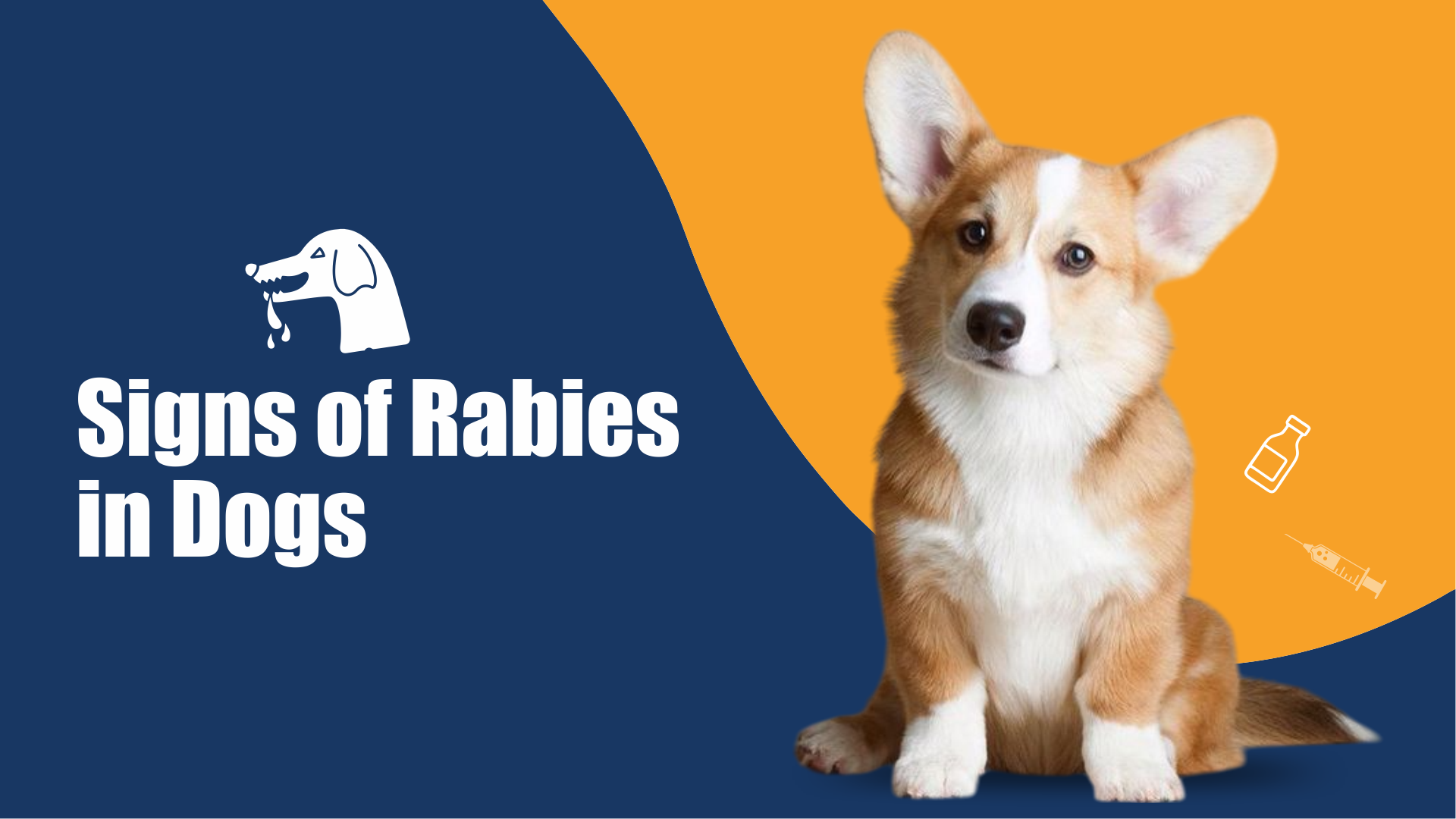
Rabies is a severe viral infection that can dramatically change your dog's behaviour and physical condition. Recognising the signs of rabies in dogs early is essential for prompt action and effective management. In India, rabies remains a critical public health concern, with 36% of global rabies deaths attributed to 96% of human cases resulting from bites from unvaccinated dogs. Here are a few things to observe!
- Unprovoked aggression or timidity
- Foaming at the mouth and excessive salivation
- Energy changes and increased reactivity
Understanding the Rabies Virus in Dogs
In this section, we explore the nature of the rabies virus in dogs, its effects, and how it is transmitted. Understanding rabies helps pet owners make better decisions regarding prevention and care.
What is Rabies? A Brief Overview
Rabies is a fatal viral disease that attacks the central nervous system and the brain of dogs. While it is preventable, it is also deadly, making immediate action crucial once symptoms appear.
- Rabies virus is primarily transferred through the bites of infected animals.
- It is classified as a zoonotic disease, meaning it can spread from animals to humans.
How the Rabies Virus Affects Dogs
The rabies virus disrupts normal brain function, leading to severe neurological symptoms and erratic behaviour. Once infected, the disease progresses rapidly, with little opportunity for effective treatment.
- The virus causes inflammation in the brain and spinal cord.
- Infected dogs may display sudden behavioural changes and loss of coordination.
Transmission of Rabies Virus in Dogs
Rabies in dogs is primarily transmitted through bites. However, scratches and contact with infected saliva can also spread the virus. Understanding these transmission routes is essential in preventing infection.
- Rabies is usually passed through the saliva of infected animals.
- Most cases result from direct contact, particularly bites.
Read More - Everything You Need to Know About Kennel Cough
Recognising Rabies Symptoms in Dogs
Timely intervention is needed for managing rabies in dogs. This section outlines the symptoms and the progression of the disease.
Common Symptoms of Rabies in Dogs
Rabid dogs exhibit a variety of symptoms ranging from behavioural to physical changes. Recognising these signs early is crucial.
- Fever, excessive salivation, and altered mental status
- Neurological disturbances like an unsteady gait or paralysis
Progression of Rabies Symptoms in Dogs
Rabies symptoms in dogs develop gradually, starting mildly before worsening rapidly.
- Early signs are often subtle but escalate quickly.
- Initial behavioural changes deteriorate into severe neurological and physical impairments.
Behavioural Changes as Early Signs of Rabies in Dogs
Behavioural changes are often the first signs of rabies. Pet owners should be vigilant and act promptly.
- Increased irritability or sudden aggression.
- Uncharacteristic affection towards people.
- Periods of extreme fearfulness followed by aggression.
Read More - Ear Mites and Scabies in Dogs
Early Signs of Rabies in Dogs to Watch For
Recognising early signs of rabies can save lives. Pet owners should seek veterinary attention at the first indication of unusual behaviour.
Unusual Aggression and Fearfulness
A dog showing unprovoked aggression or unusual fearfulness may be exhibiting early rabies symptoms.
- Watch for sudden aggressive behaviour without cause.
- Note any increased fearfulness or withdrawal from normal routines.
Changes in Eating and Drinking Habits
Alterations in appetite or water consumption can serve as early warning signs.
- Look for a noticeable drop in eating or drinking habits.
- Unexplained weight loss or low energy levels may indicate infection.
Excessive Drooling or Difficulty Swallowing
Excessive drooling is a classic rabies symptom, often accompanied by difficulty swallowing.
- Look for persistent foaming at the mouth.
- Monitor for signs of swallowing difficulty.
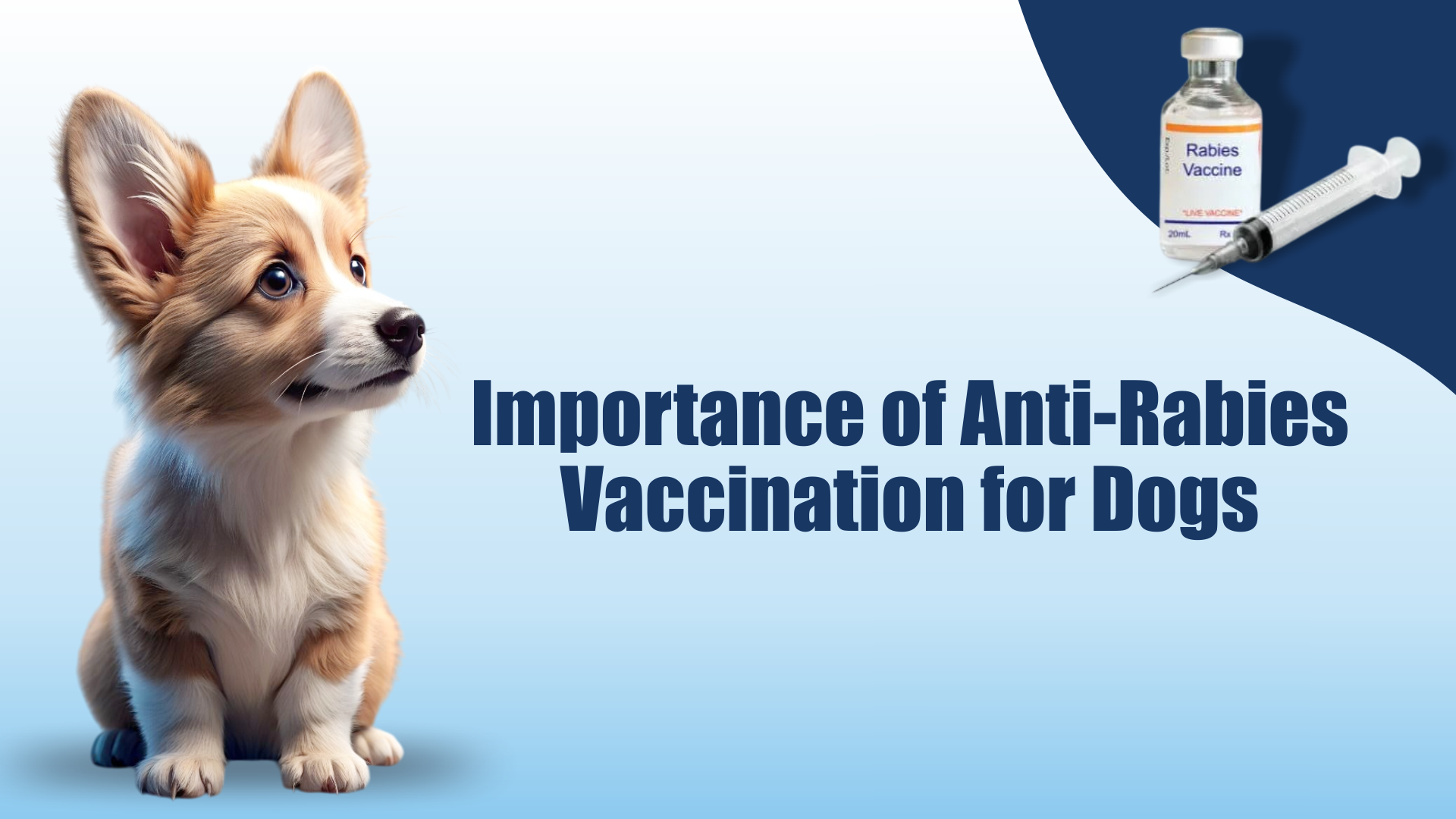
Importance of Anti-Rabies Vaccination for Dogs
Rabies vaccination is essential in preventing the disease. The anti rabies injection for dogs protects both the animals and humans.
Why Vaccination Is the Best Defence
Vaccination is the most effective method of preventing rabies.
- It prepares the immune system to fight against the virus.
- It significantly reduces the risk of infection after exposure.
When to Administer Anti-Rabies Injections
Proper timing is crucial in rabies prevention. A vaccination schedule should be followed diligently.
- The initial vaccination is usually given during puppyhood.
- Booster shots are required at intervals recommended by your vet.
How Anti-Rabies Vaccines Protect Dogs and Humans
Rabies vaccines trigger an immune response, providing protection against infection.
- The rabies vaccine for dogs generates antibodies that neutralise the virus.
- It helps break the cycle of transmission between dogs and humans.
What to Do If You Suspect Rabies in Your Dog
If you suspect rabies in your dog, immediate action is necessary. Quick intervention can help prevent further spread.
Immediate Steps for Suspected Rabies Cases
At the first sign of rabies symptoms, take the following steps:
- Isolate the dog immediately to prevent exposure.
- Avoid direct contact with saliva or open wounds.
- Contact a veterinarian without delay.
Seeking Veterinary Help Without Delay
Veterinary consultation is crucial in suspected rabies cases.
- Schedule an emergency vet appointment immediately.
- Discuss the possibility of an anti-rabies injection if exposure has occurred.
- Visit Our experience center and take vet consultation.

Safety Measures to Prevent the Spread of Rabies
Safety precautions must be followed to prevent further transmission.
- Use gloves and minimise direct contact when handling a suspected rabid dog.
- Keep the animal in a secure location until professional help arrives.
Frequently Asked Questions About Rabies in Dogs
This section answers common concerns about rabies in dogs.
Q) Can a Vaccinated Dog Still Get Rabies?
While rare, rabies can occur in vaccinated dogs if booster shots are missed or if exposure is extremely high.
- Proper vaccination significantly reduces the risk of infection.
Q) How Long Does It Take for Rabies Symptoms to Appear?
Rabies symptoms can take weeks to months to develop.
- Symptoms typically appear between 2 and 12 weeks after exposure.
Q) Is Rabies Always Fatal in Dogs?
Once clinical symptoms appear, rabies is almost always fatal.
- Rabies has a near 100% fatality rate once symptoms develop.
Q) What Should I Do If My Dog Bites Someone?
Immediate action is necessary to prevent possible rabies transmission.
- Clean the wound thoroughly and seek medical attention.
- Inform your veterinarian for further advice.
Q) How Effective Is the Anti-Rabies Injection for Dogs?
Anti-rabies vaccination is highly effective in preventing the disease.
- When administered correctly, the vaccine provides strong protection against rabies.








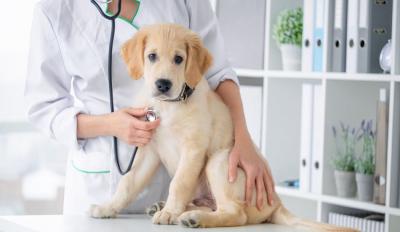




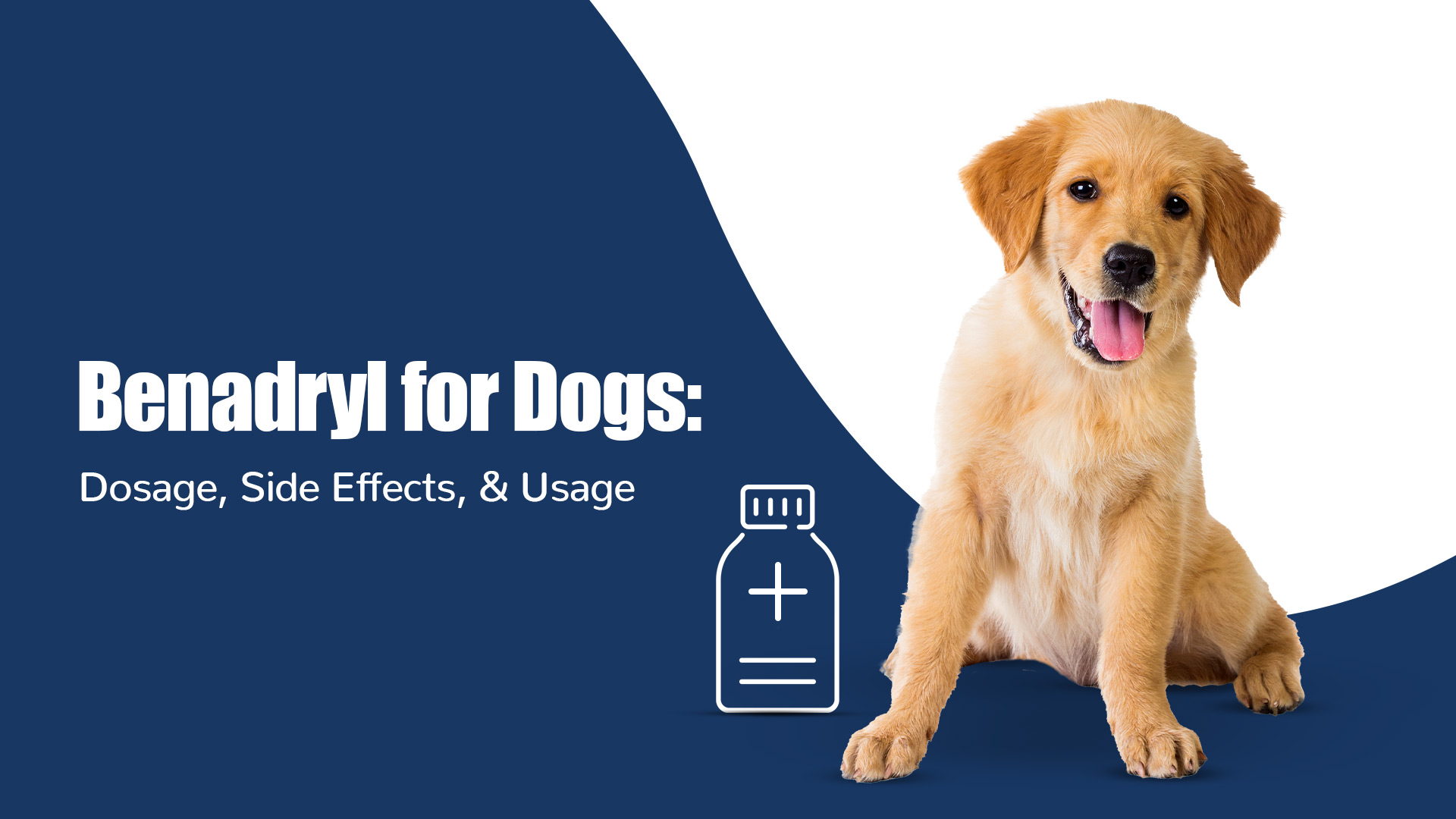
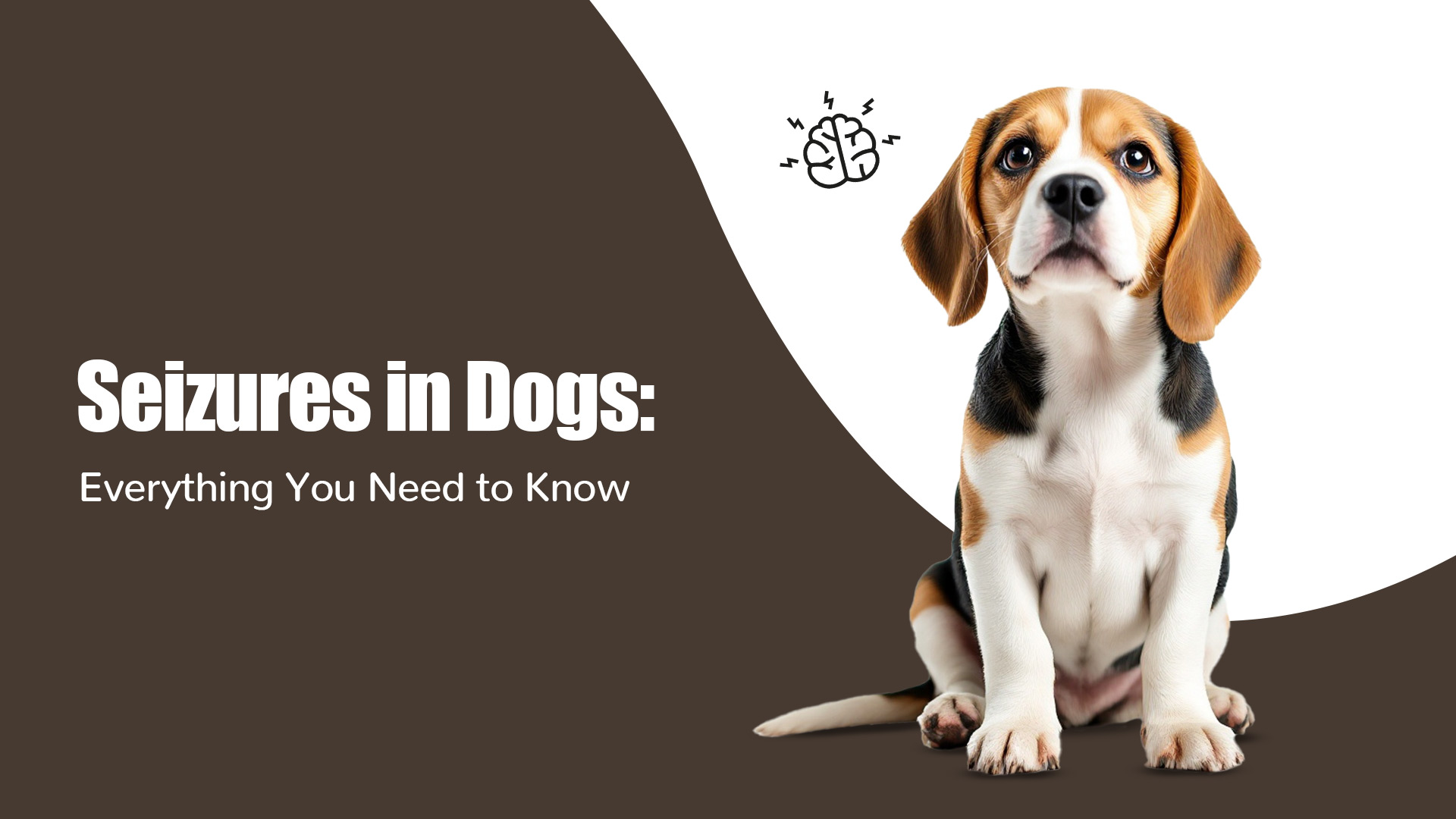


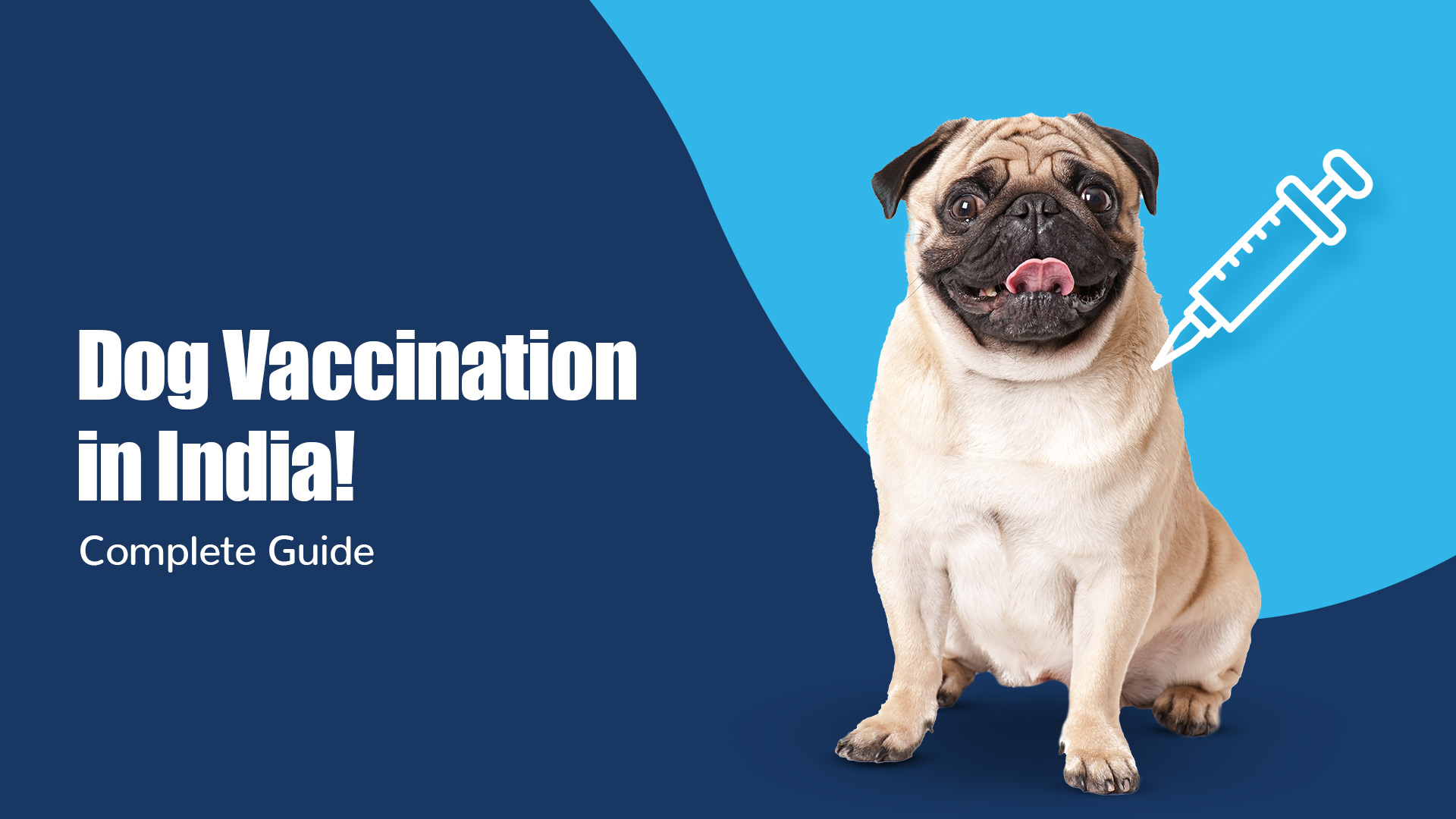


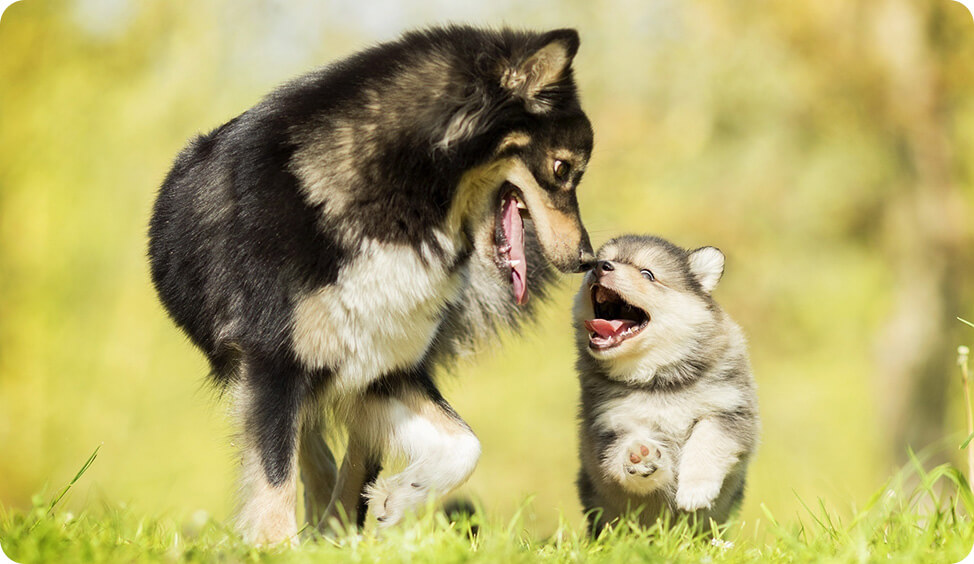

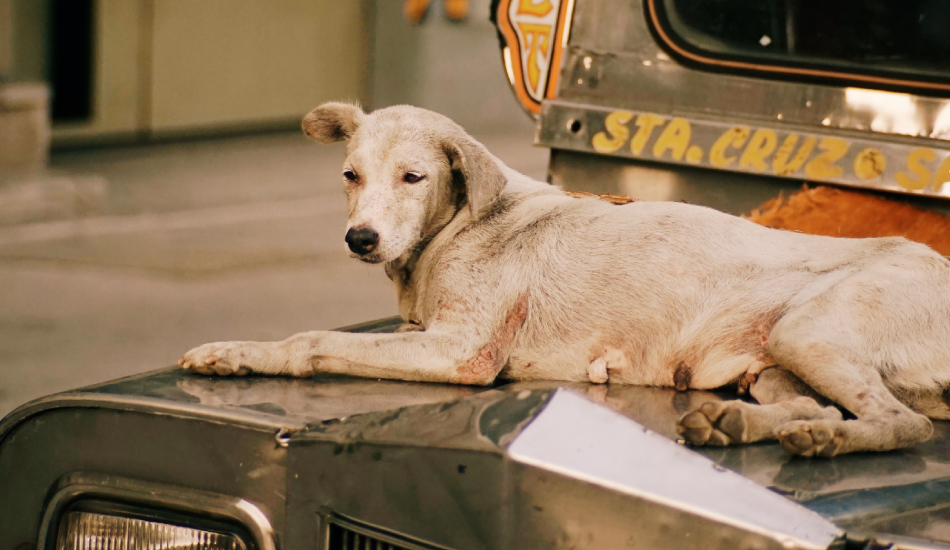
The information below is required for social login
Create New Account